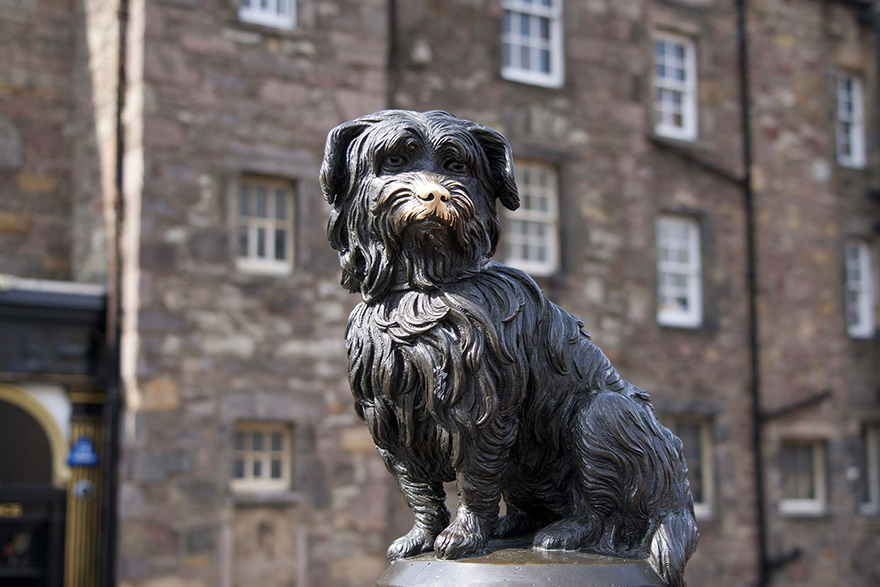
‘Employees don’t quit their jobs, they quit their bosses’ is a headline we often see in leadership literature, along with statistics such as ‘seven in 10 U.S. workers say they would leave a job if they had a bad manager,’ (LinkedIn’s Workforce Confidence survey.)
Leaders are often under increasing pressure to perform in challenging circumstances whilst instigating high engagement and productivity across their teams, and what can help is if we flip the script. Let’s encourage our leaders to instead focus on what it is that encourages their team to stay, not what drives them to leave.
When employees feel appreciated, are able to grow and develop and feel like they belong, loyalty will be fostered and this in turn will have a positive effect on the team and organisation as a whole. When you have a team choosing to continue to work for you because they love doing so, you cultivate an environment where people flourish.
For anyone who has been to Edinburgh, Scotland, you will no doubt have met Greyfriar’s Bobby, a legendary Skye Terrier who kept his owner company during his night watchman shifts in the 1850s. After his owner died, Bobby refused to leave his grave, prompting the locals to band together and bring him food and water for the 14 years that he remained by his Master’s side.
Inspiring a Greyfriar’s Bobby level of loyalty takes conscious practice and consistent action, and our Positive Leadership framework teaches leaders the steps to do this.
Some ideas to foster loyalty are:
- Find out what is the psychological driver for loyalty for your team members – it can mean different things to different people and can be an invaluable source of information about what drives them, what some of their key values may be and what past experiences (good and bad) they have had with managers along with the learnings
- When work is recognised, employees say they work harder. In Elton and Gostick’s ’Leading with Gratitude,’ 81% of employees say they’d work harder if bosses were more grateful for their work. Observe your team when you give them a shout out and note how they respond – this can give you an indication of their intrinsic or extrinsic motivators
- Think about creating a Relationship Map to assess the relationships you have with your team and use it to understand them on a deeper level. First map the names of the people in your team. Next draw a line connecting you to each person that represents the strength of the communication relationship – for instance a straight, thick line may represent a strong relationship; a dotted or wiggly line may represent a weak relationship. This represents your view of the energy and effectiveness of the communication between you, and acts as a starting point in analysing how you currently assess your team relationships

Positive Leadership is a leadership framework that empowers leaders to harness their strengths and build a successful foundation for cultivating a team environment that encompasses genuine engagement and loyalty, something that can have a profound effect on your work culture, creating a long lasting legacy like our faithful Scottish terrier.
Deb is a Senior Consultant who is passionate about Positive Leadership and brings with her a wealth of experience in applying Positive Psychology and the Neuroscience of Leadership to excel in leadership and performance. Deb would love to hear from you therefore please feel free to reach out to her here to have a conversation and to learn more!






